The olive tree connotes resilience, and it is also an economic reality to the family who harvests it. It is a locus of struggle for meaning-making, and it is also a site of violence under whose leaves Palestinians are harassed and killed.
Anchor in the Landscape, by Adam Broomberg and Rafael Gonzalez
MACK 2023
ISBN 9781915743688
Settling Nature: The Conservation Regime in Palestine-Israel, by Irus Braverman
University of Minnesota Press 2024
ISBN 9781517915261
Katie Logan
It’s harvest season in Palestine.
The collection of olives is at once tradition and economic necessity. In its most recent iteration, it has also been the site of increased violence, surveillance, and restriction. In 2023, the Food Security Sector determined that Israeli refusal to allow Palestinian families to access trees, coupled with threatened and actual violence from settler communities, cost Palestinians approximately $10 million.
The true cost has been much higher. In Anchor in the Landscape, a 2024 photography compendium from Adam Broomberg and Rafael Gonzalez featuring 60 black and white images of olive trees around the region, Irus Braverman’s afterword reflects on the 2023 harvest:
While international attention has been focused on Gaza, settlers — emboldened with new weapons and enhanced legitimacy — turned the 2023 olive harvest into a life-threatening event. On October 28, Bilal Mohammad Saleh was allegedly shot in the chest by a Jewish settler while picking olives on his family’s land in the northern West Bank. His body was carried out to the road on the ladder that he had been using to reach his olives.
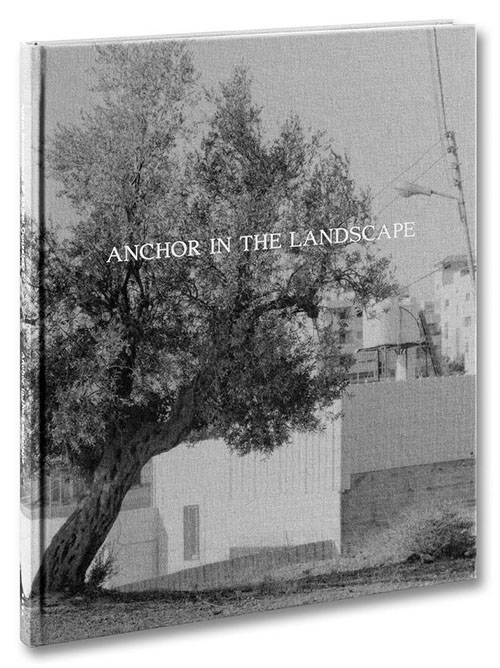
Braverman’s afterword makes devastatingly explicit a connection only alluded to in Broomberg and Gonzalez’s stunning images: to pay sustained attention to Palestine’s olive trees is necessarily to come into contact with the human labor, legacies, and authorities that sustain or threaten their existence. The growth of each tree — and its ability to weather increasingly disruptive terrain and land management practices — tells a story of the families who have cultivated, protected, and in some cases, mourned it.
The afterword draws from Braverman’s research in her 2023 monograph, Settling Nature: The Conservation Regime in Palestine-Israel. The book summarizes decades of fieldwork including interviews with high-ranking officials inside the Israel Nature and Parks Authority (INPA), the agency charged with land management for Israel’s extensive parks and reserves system.
Artists and researchers like Braverman, Broomberg, and Gonzalez represent a multifaceted form of environmental activism cultivated to counter Israeli occupation narratives that reframe land as exclusively “Israeli” or “Jewish.” The environmental activism advanced through these avenues is simultaneously academic and artistic. It also includes performance, education, and agricultural interventions, as demonstrated by projects like Mirna Bamieh’s Palestinian Hosting Society and Vivien Sansour’s Palestine Heirloom Seed Library. By paying attention to the politics of representation, the aesthetics of surveillance, and the ways that narrative structure undergirds colonial justification, these creators challenge both the narrative mythology of Zionism and its day-to-day realities.
The need for diverse forms of Palestinian representation is a long-standing one; in After the Last Sky: Palestinian Lives (1986), Edward Said writes that “since the main features of our present existence are dispossession, dispersion, and yet also a kind of power incommensurate with our stateless exile, I believe that essentially unconventional, hybrid, and fragmentary forms of expression should be used to represent us.”
Anchor in the Landscape, Settling Nature, and the host of creative projects sponsored under the auspices of Artists + Allies x Hebron, an artist collective to which both Broomberg and Gonzalez belong, suggest possible pathways for those unconventional forms of expression.
In one sense, Anchor in the Landscape makes use of a relatively familiar form. With a size and format suggesting a socially attentive coffee table book, Anchor in the Landscape should and will encourage less familiar audiences to pause and admire the continued presence of olive trees in Palestine. For those watching, living through, and/or speaking out about continued atrocity in the region, though, the book is most valuable as it wrestles with notions of representation, surveillance, and violence.
Each of Anchor in the Landscape’s sixty images center an olive tree or two, usually at close distance. Even photographs clearly taken in groves of trees hone in on a singular subject, with neighboring trees remaining phantom-like in the background. Similarly, homes are rarely foregrounded. Instead, an occasional urban landscape suggests itself in a dreamy background. These images unapologetically direct a viewer’s attention — the clarity and texture of the foregrounded images practically draw us in to touch the perforations, indentations, and swirls of the trunks.
Some of the trees are inosculated; their trunks kiss together and fuse. Others grow up out of cement or rubble. Some are so large and weathered that they can only be the product of hundreds — or even thousands — of years of growth, subtly reminding readers of the eons of history and labor erased when one of these ancestral trees is uprooted. Images document detritus, cinder block, and fences constructed around truncated trees. In one startling image, two black sheep peer around opposite sides of a single tree, the only creatures human or otherwise to clock the camera and its documenting efforts.
Accompanying each photograph is a largely blank page featuring small gray text: the precise coordinates of the documented tree’s location. Each of these trees are real, the coordinates say. The tree exists in a particular place to which one could return. Should it be uprooted, its absence would be noted.
Anchor in the Landscape is a book that invites questions about process: how did the makers identify the trees they wanted to document? It’s easy to imagine artistic eyes drawn to the almost feminine shape of a particularly willowy tree or to a diagonal growth that appears to defy physics. The artists acknowledge “all the families that allowed us to photograph on their groves” while explaining that the project took more than eighteen months to complete. These details offer only limited answers; the systems through which permission was requested and granted remain opaque, just as the families tending these trees remain absent from the frame of every photograph.
The absence of humans from these images is not in and of itself cause for concern. High impact visual work often encourages viewers to use interpretive skills to engage a familiar issue through a new framing or object of focus. But as Braverman’s reference to the murder of Bilal Mohammad Saleh makes clear, Israeli management of the olive harvest is designed to negate Palestinian lives. In this visual landscape, then, every choice about where to direct the viewer’s eye is a political one.
Broomberg and Gonzalez’s images are deceptively simple. Part of the challenge for the viewer is noticing how these images require contextualizing work from us. Because of their efforts with Artists + Allies x Hebron (AAH) and the choice of Braverman as the afterword’s author, the two photographers provide conscientious viewers the necessary signposts for entering a network of writing and arts-making focused on Palestinian nature, and olive trees in particular. Situating violence against the non-human alongside that inflicted on human beings requires attention to the fullness of that network.
Venturing into Settler Ecologies
The documenting of an olive tree-laden landscape is an urgent need. In an exploration of cookbooks and food sovereignty for TMR, Mischa Geracoulis noted that, “Since 1967, the Israeli government has uprooted or razed upwards of one million Palestinian olive trees. Since October 7, 2023, settler vandalization of Palestinian olive groves has escalated, most notably at harvest time to inflict maximal destruction.”
Uprooted olive trees feature prominently in descriptions of Israel’s forays into “green colonialism” practices, or what Mazin Qumsiyeh and Mohammed Abousarhan refer to as the “Environmental Nakba.” This is the phenomenon Braverman picks up and nuances in Settling Nature.
Braverman’s research illustrates that environmental justification for land seizure and displacement isn’t merely a cover for settler colonial activity. Instead, ecological and colonial aims are co-constitutive; they are rooted, to extend the natural metaphor, in similar binary logics of “pure” and “hybrid,” “native” and “foreign,” “ancient” and “new.” As such, they inform and reinforce one another’s goals.
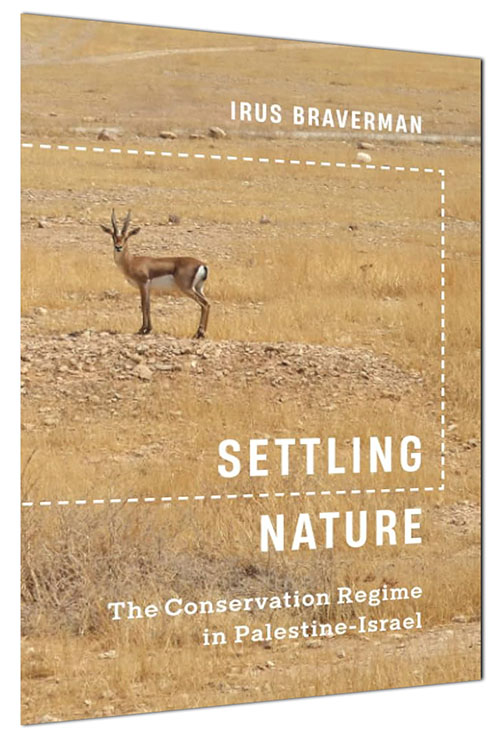
In the Israeli context, both settler and ecological success depend on constructing a narrative that erases Palestinian presence — and especially Palestinian agriculture — in favor of a “terrus nullius” myth that allows current conservationists to shape physical landscapes in line with an imagined version of the past. Braverman gestures to Said: “The making of the physical landscape first require[s] a convincing narrative about the imaginary landscape. The greening of the Jerusalem landscape is indeed not strictly an ecological project, if there ever was one; it is also a visual and discursive reimagining of this landscape into nof kdumim–the image of an ancient and, more specifically, biblical landscape.”
Braverman highlights the way both Palestinian people and non-human organisms are deemed too wild and “unnatural” for this imagined ancient landscape. Beings including hybrid goldfinches, the olive tree, and feral dogs are thus forced into violent if not outright eradicating management structures, what she calls “the biopolitical and necropolitical governance of other-than-human bodies.”
In most instances, Braverman juxtaposes these “unruly” species with the creatures INPA reintroduced or protected in pristinely constructed parks and reserves, as with INPA’s battle against hybrid goldfinches transported and sold in Palestinian communities.
Initially, the olive tree appears to be one in a line of simple substitutions. Braverman writes that the pine tree supplanted the olive in conservation narratives: “The pine forests accomplished a triple mission: preventing native takeover by physically occupying the space, erasing native memory by planting over demolished villages, and making the landscape fit the Zionist imaginary of the European forest.”
The olive tree proves a slippery symbol, however. In 2021, the Jewish Nation Fund designated the olive “Israel’s Tree of the Year.” INPA officials seeking to uproot the olive tree pointed not to its inherent harm to the landscape but rather to mismanagement on the part of Palestinians, critiquing the planting of new trees and the construction of irrigation systems. In this way, INPA increasingly claims not only the land under the olive trees but the meaning of the tree itself.
Part of Braverman’s contribution to this research involves making herself and her own labor hyper-visible, as she highlights on multiple occasions the privileged access afforded her through her Jewish Israeli upbringing. Herself a product of this conservation regime, Braverman opens by centering this positionality:
In retrospect, I have been collecting materials for this book since my birth. On that occasion, the State of Israel planted a tree in my name in Jerusalem’s Peace Forest and issued a certificate to prove it. This sort of tree planting was not a rare or unique occurrence by any means. It has been performed upon every birth — every Jewish birth, that is.
Education outside Israel challenged Braverman to reframe her upbringing in Jerusalem and her mandatory military service as a “nature education officer,” an instructional military role Braverman describes as charged with erasing “the contemporary landscape of Jerusalem” in favor of a “unidirectional narrative that resurrects the Jewish biblical past through the reconstruction of its archaeological ruins.” She now lives in what she calls “self-imposed exile” in the US.
The project’s fieldwork demonstrates the access her unique position affords her. Her wrestling with her own points of access shapes her critical analysis throughout. In some instances, she deliberates whether to accept an interview or tour in a settlement. Elsewhere, her intermediary position pulls her into a veterinary emergency, as she coordinates care for injured eagles between Palestinian and Jewish Israeli experts.
Braverman’s careful situating of her own positionality corresponds with one of monograph’s main claims: without thorough analysis of the strategies Israel has used to erase Palestinians and their connections to the land, “the settler can emerge as the authentic native, in turn rendering the newer native inauthentic and even invisible.” From such a vantage point, Braverman seems to argue, no creator can afford to remain behind the scenes. Visibility becomes a critical mode of resistance that transforms the discipline of environmental studies into an activist effort.
This orientation is a curious counterpoint to Anchor in the Landscape, where the presence behind the camera remains largely indeterminant. Of course, these projects are radically different from one another; Broomberg and Gonzalez are developing photographs to support their activism rather than conducting fieldwork. At the same time, Anchor’s contextual gaps feel like a rarity even among the other projects in the Artists + Allies x Hebron constellation that do situate visibility more fully.
Olives x Artists + Allies
Anchor in the Landscape and Settling Nature share the understanding that challenges to Israeli occupation must emerge from research, observation, and artistic creation shaped on the land itself.
Anchor in the Landscape was released under the auspices of Artists + Allies x Hebron (AAH). With the Palestinian human rights activist Issa Amro, Broomberg is a co-founder and Gonzalez one of the collective’s board members. AAH focuses on politics of surveillance and erasure in Hebron H2, the region of the city under full Israeli military control. AAH’s creative projects challenge frameworks of who looks and for what purpose, aiming to draw international eyes to the monitoring that governs residents’ lives. The board itself is international; Broomberg is a South African based in Berlin, and Gonzalez in Panama, while others live in Hebron full-time. What makes AAH successful is its ability to support and broadcast projects coming at these topics through multiple avenues. Collectively, the impact is greater than any single project.
Echoing Anchor in the Landscape’s stationary images, the project “Counter-Surveillance: H2” placed surveillance cameras within an olive grove overlooking Hebron, livestreaming and then archiving the footage. In the recording of Camera #2, olive leaves sway gently in breezes. A bird flying overhead interrupts stillness in surprisingly jarring fashion. Cloud coverage, then evening, creeps in. Very little happens over the 12 hours of documentation.
“Counter-Surveillance: H2” co-opts the specific technology wielded by Israeli authorities. The language of “counter-surveillance” presents an opposing force — viewership and documentation is not a one-sided activity. The footage also calls into question what is gained by documenting a largely pastoral landscape — it highlights how agricultural, familial land has been recast as a site of conflict and seizure.
Another H2-focused AAH project develops even more specificity around the role of the camera. In this case, the Belgium-based photographer Barbara Debeuckelaere worked closely with eight mothers in the Tel Rumeida neighborhood. Each woman received a camera and encouragement to document their day-to-day lives.
The product is ‘Om (Mother); images ran before the book’s publication as part of AAH’s Union Magazine. In that article, the collective writes that “Many women in the West Bank do not like to be pictured, for many reasons, so Debeuckelaere’s method allowed them to control their own image, and the ways that their lives were depicted. It gave them agency over what and who to photograph and how they did it.” The article also explains that each photo was constructed with an analogue camera, an effort to distinguish this image-making from the pristine violence of digital photos and video in H2.
The subject matter of these images varies, but common themes include profiles of small children at various degrees of focus, greenery from olive trees and grape vines, and even cameras themselves. In one shot, the photographer directs the camera upwards from what appears to be a patio space. The camera takes in grapevines twisting along balcony railings and power lines. A beam of light streaks across the right side of the image, and plants grow from plastic bins fitted over the balcony. At the top of the home, the photographer captures two surveillance cameras, almost anthropomorphized in the way their long necks crane and pivot to take in the nearby land.
The image prompts viewers at multiple levels of meaning-making. It illustrates the juxtaposition of natural elements and surveillance technologies, as well as the mundane qualities of those technologies. It also highlights the photographer’s awareness of the surveillance — to be not just watched but to understand oneself as being watched. Like “Counter-Surveillance: H2,” there’s a representational turning of tables — technologies that enhance the visibility of Palestinians for management purposes are not themselves allowed to fade into obscurity.
One can feel each photographer’s effort to document a moment in motion, or to collect multiple subjects in a single frame. The clarity and singular focus of Anchor in the Landscape’s olive trees is not a priority here. With a hyperfocus on the women behind the camera, ‘Om asks its viewers to step into their perspectives, to understand something about where their attention is drawn during daily life in H2 and how they make sense of competing registers — the child’s small feet alongside fences and watch towers.
In these images — made by the people of H2 of the people in H2 — love for and fragility of the human body under occupation is tangible. To grow things in these images, be they children or plants, is an act of nourishment and of courage.
Olive Trees As Sumud
In both Anchor in the Landscape and Settling Nature, creators emphasize the olive tree as symbolic, not just an economic or ecological proposition:
Through burning, uprooting, and denying Palestinians access to olive trees, the state of Israel and Israeli settlers have vested the tree with enormous power. . . Planting and cultivating olives becomes a project of Palestinian resistance. . . The olive trees become emblematic of the Palestinians’ steadfast connection (sumud) to the land.
Sumud — connoting steadfastness, resistance, rootedness. From the root samada, which can mean to repair, to turn toward, to defy, brave, or withstand, to hold one’s ground or remain unaffected. Sumud points to the olive tree’s ability to survive with less irrigation, its root systems, its increasingly gnarled trunk. The tree withstands not only the violence of settler colonial regimes but also the weight of this symbolic responsibility.
Visual vocabularies are critical because, without care, the accrual of symbolism can become yet another act of erasure. In the 1984 memoir, Samed: Journal of a West Bank Palestinian, the prolific writer and human rights lawyer Raja Shehadeh writes the following:
Sometimes, when I am walking in the hills, say Batn el-Hawa — unselfconsciously enjoying the touch of the hard land under my feet, the smell of thyme and the hills and trees around me — I find myself looking at an olive tree, and as I am looking at it, it transforms itself before my eyes into a symbol of the samidin, of our struggle, of our loss. And at that very moment, I am robbed of the tree; instead, there is a hollow space into which anger and pain flow.
In this instance, Shehadeh describes the fury and grief of a double loss — of both the land and of the violence done to an object as it is made symbol. His work in Samed and his writing since call us to consider the representational ethics of the natural world in Palestine.
Anchor in the Landscape isn’t just a description of the role olive trees play in Palestinian ecology. The title can also function as a reminder, a command to continue rooting symbols in the real. The olive tree connotes resilience, and it is also an economic reality to the family who harvests it. It is a locus of struggle for meaning-making, and it is also a site of violence under whose leaves Palestinians are harassed and killed.
Documenting the uprooting of olive trees describes a symbolic attack and an attack that destroys the right to live with shelter, safety, and dignity. Braverman develops an evidence base for the ways in which control of symbols and day-to-day life intersect under occupation, while Artists + Allies x Hebron envision new artistic strategies for linking the two, whether in visual form or through performance reliant on taste and touch. When Israeli settler colonialism relies on dominating both the imagined and physical landscapes, resistance must operate in both registers, too.




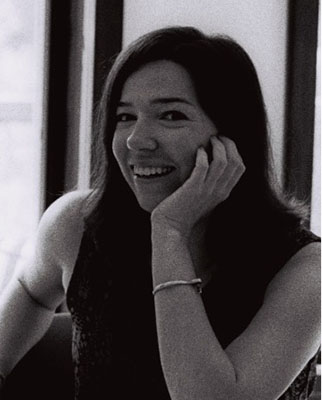
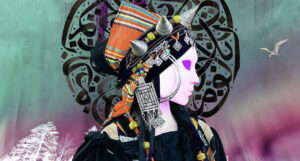
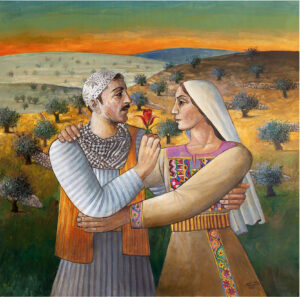
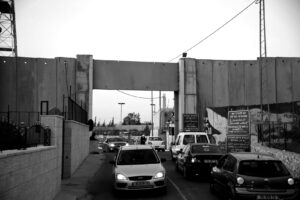
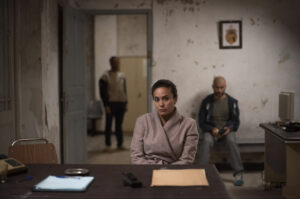
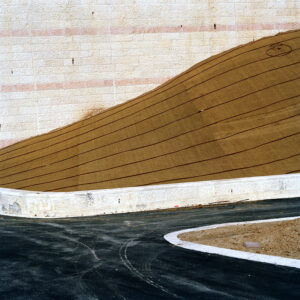
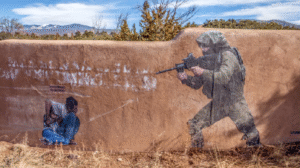
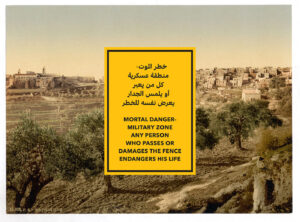
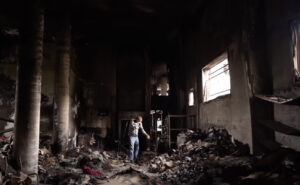

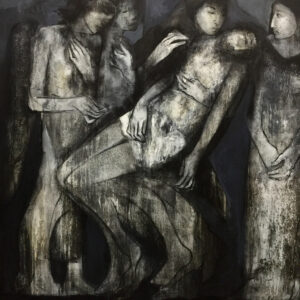


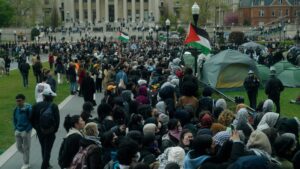
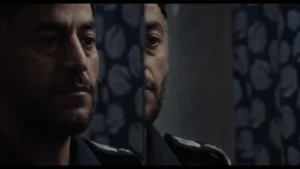
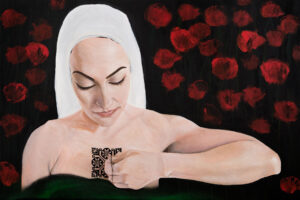

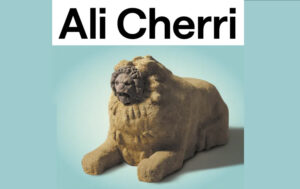
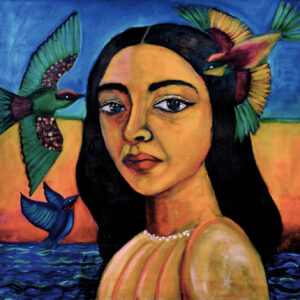

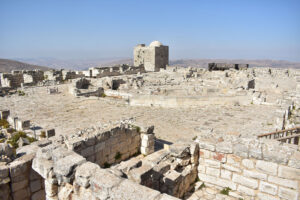

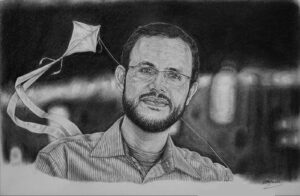
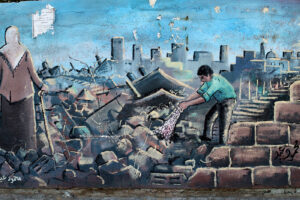


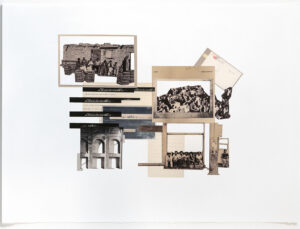
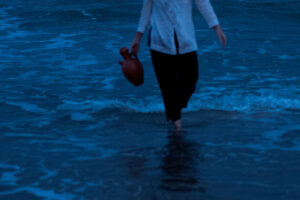

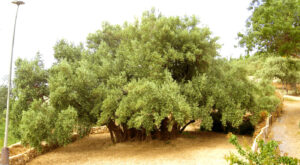

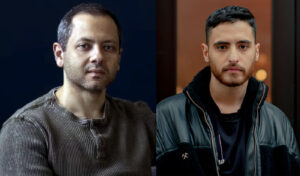
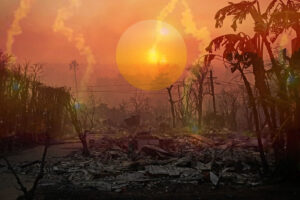
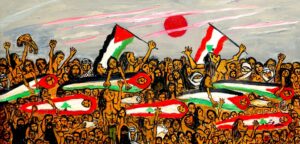

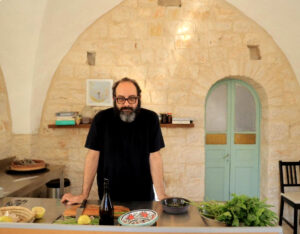





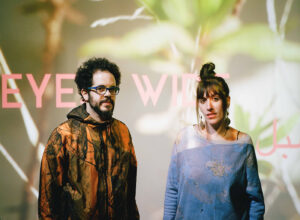
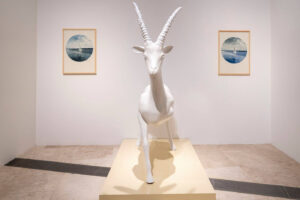
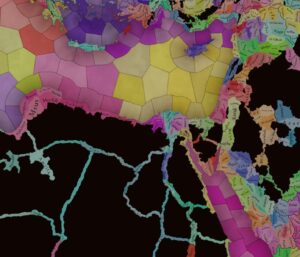
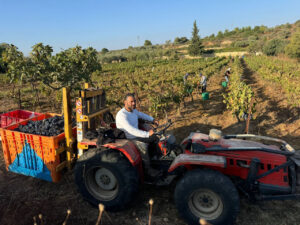

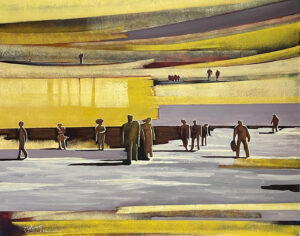


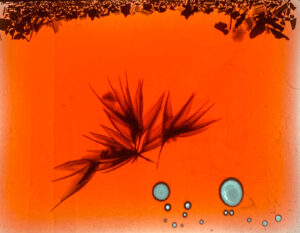
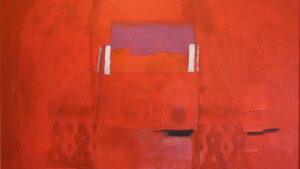

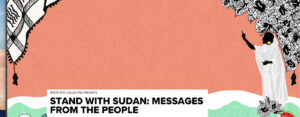


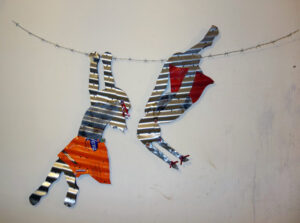

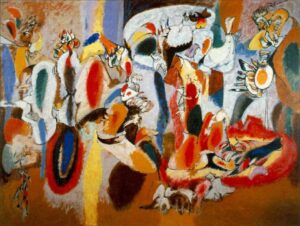


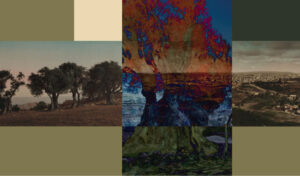
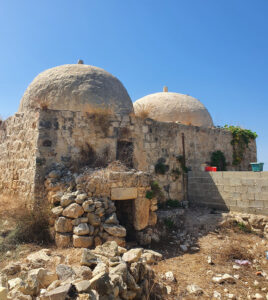

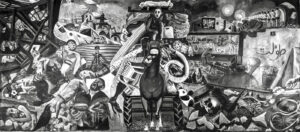

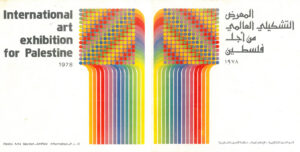
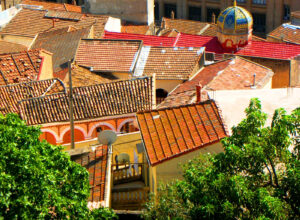
![Fady Joudah’s <em>[…]</em> Dares Us to Listen to Palestinian Words—and Silences](https://themarkaz.org/wp-content/uploads/2024/03/SAMAH-SHIHADI-DAIR-AL-QASSI-charcoal-on-paper-100x60-cm-2023-courtesy-Tabari-Artspace-300x180.jpg)

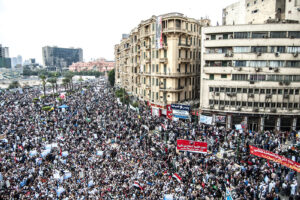


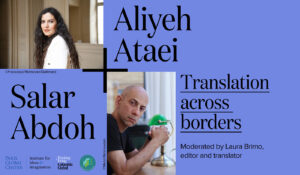

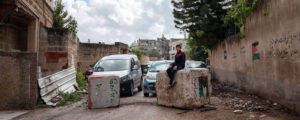

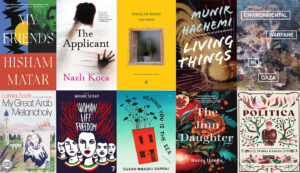
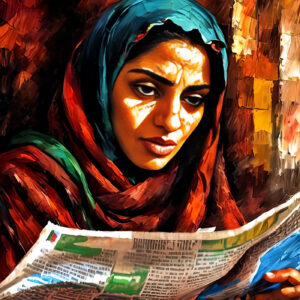
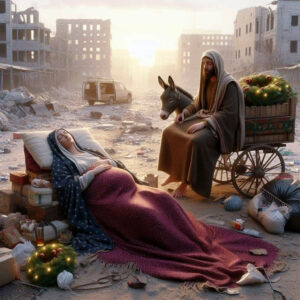
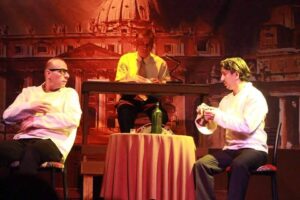




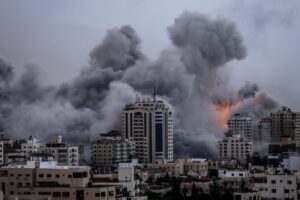
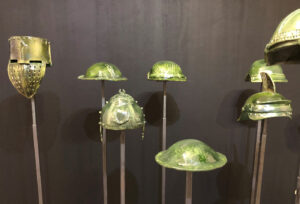

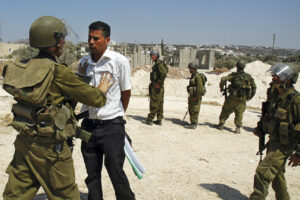
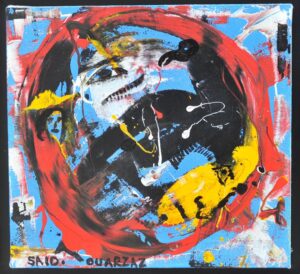
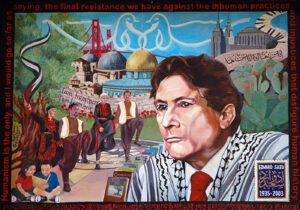









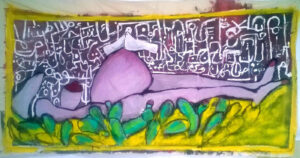
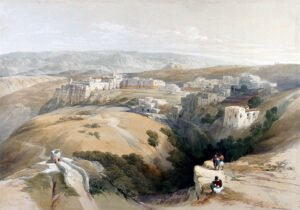


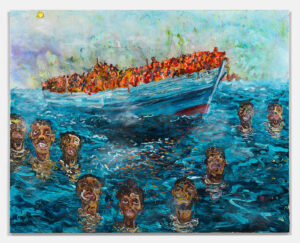
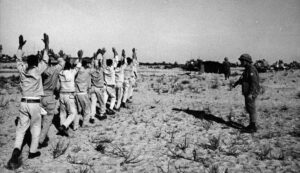






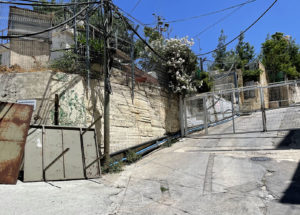
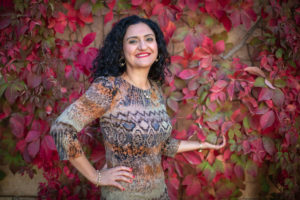
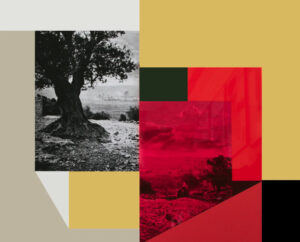
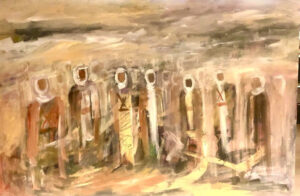
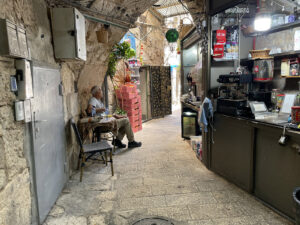
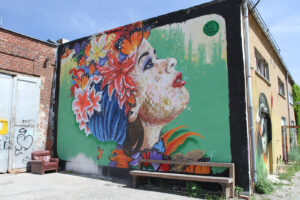
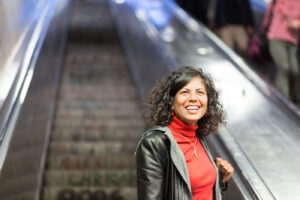
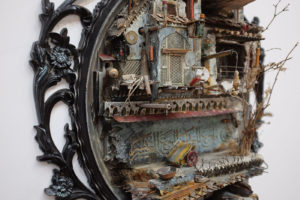

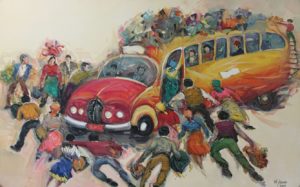
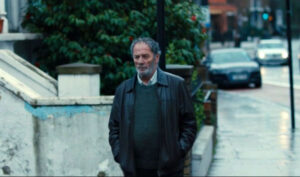
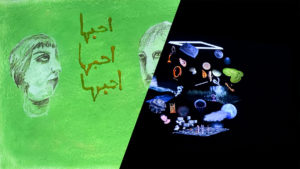

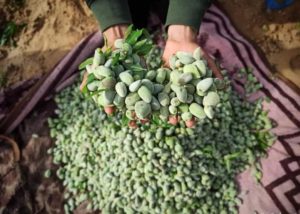

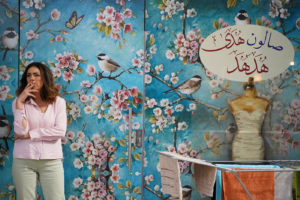



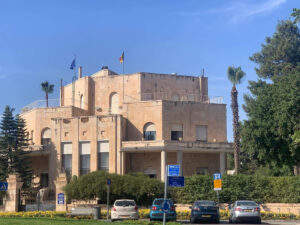
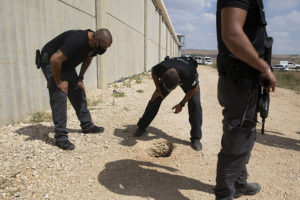
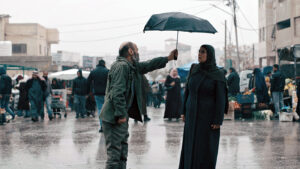
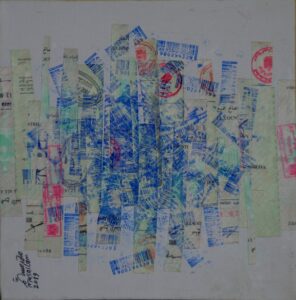
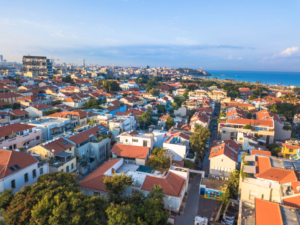

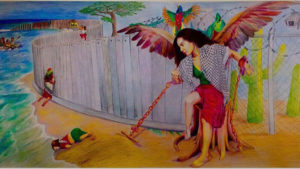
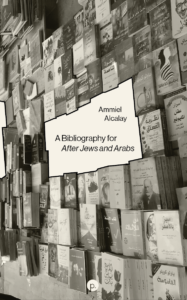

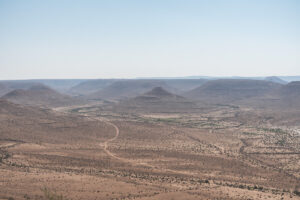



Reading between the lines and images of these two books, Katie Logan deftly and powerfully interprets their content, quietly providing context for nakba, cultural heritage appropriation, and environmental destruction. Brava!
Thanks to Ms. Logan. “environmental activism” must be an essential feature of Palestinian resistance. I’m somewhat bemused that the Apartheid Wall (erection began 2004) is not addressed and condemned…I have long lamented its disruption of the natural landscape and ecosphere. Imagine wild animals (foxes…), rodents et al coming face to face with the near-30M monstrosity and being unable to pass through or over it to what lies on the other side of their environs. Even birds and butterflies must be intimidated. Wind patterns must have been changed irrevocably; also rainfall and natural runoff and aquifer health. These are, IMO, evidence of the arrogance and vindictiveness imposed on the native humans, animals and plant life (even weeds!) of the ‘holy’ land by a satanic, unwanted colonial occupier….